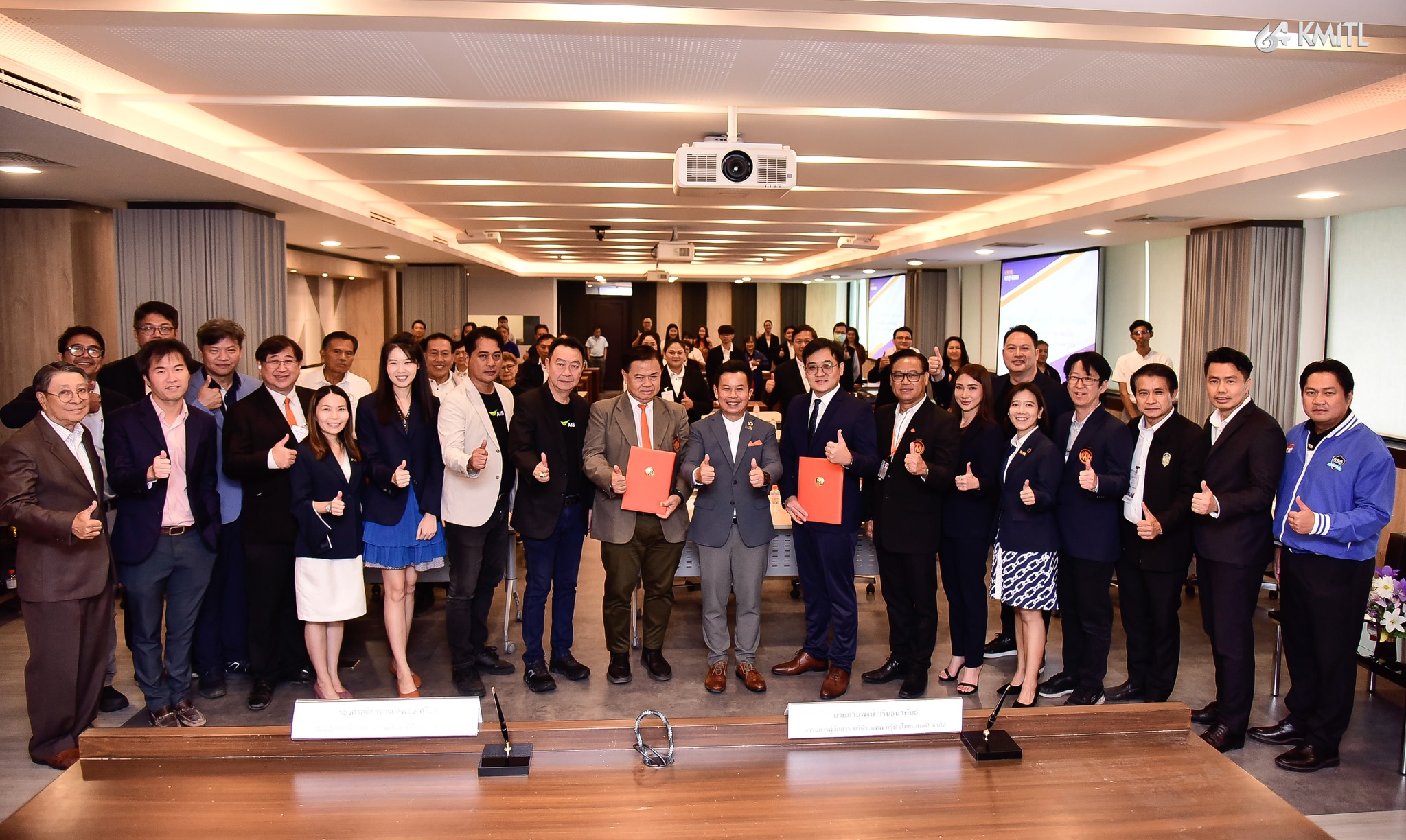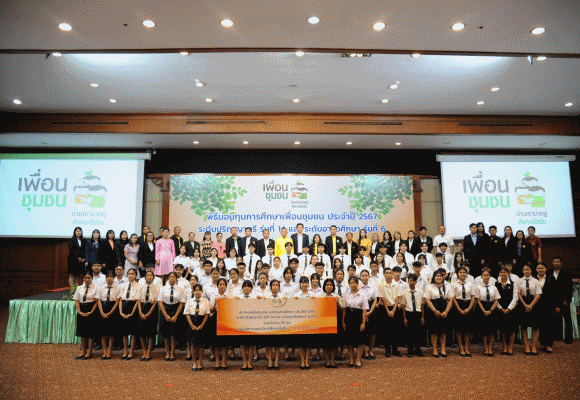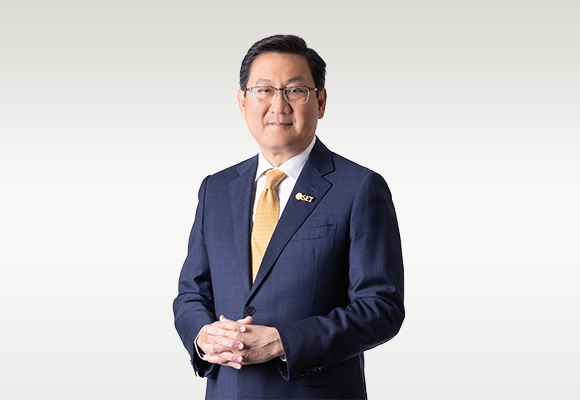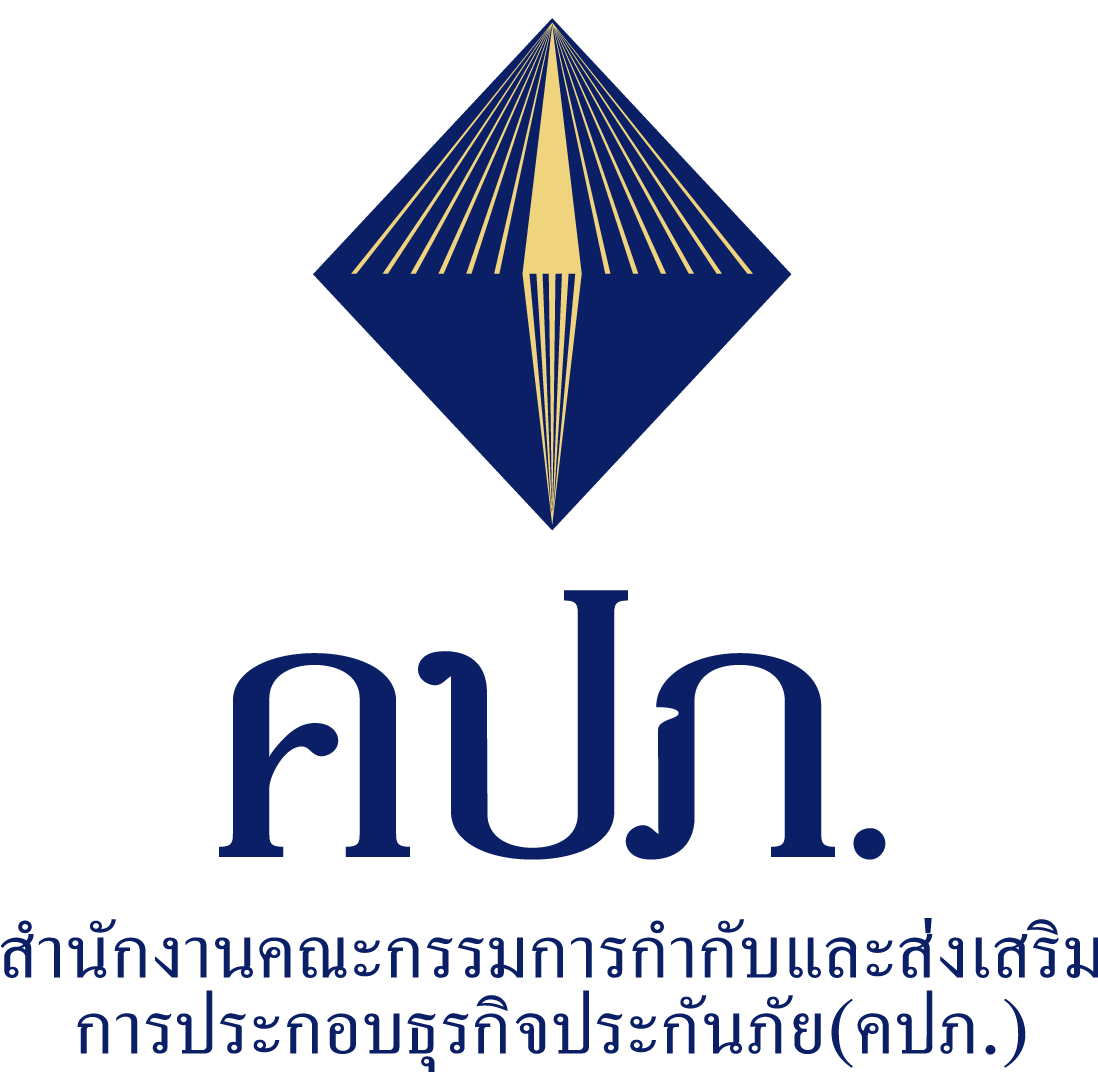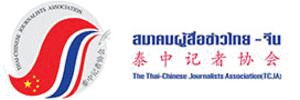- Details
- Category: บันเทิง
- Published: Saturday, 16 June 2018 20:46
- Hits: 7782
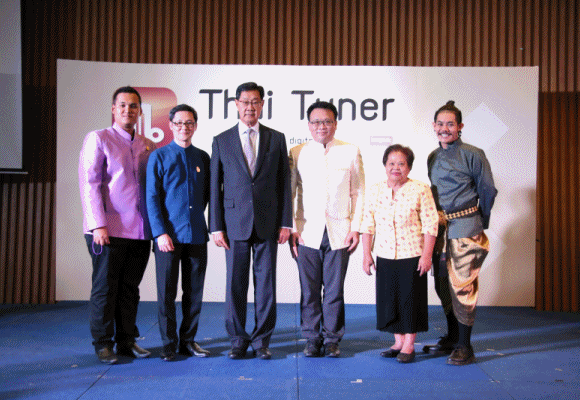
ศูนย์เศรษฐกิจสร้างสรรค์ มหาวิทยาลัยมหิดล เปิดตัวนวัตกรรม Thai Tuner แอปพลิเคชันเทียบเสียงดนตรีไทย แอปแรกของโลก ตั้งเป้าต่อยอดวัฒนธรรมไทยสู่ไทยแลนด์ 4.0
ศูนย์เศรษฐกิจสร้างสรรค์ มหาวิทยาลัยมหิดล ต่อยอดดนตรีไทยสู่โลกเศรษฐกิจ สมกับยุคไทยแลนด์ 4.0 ด้วยการเปิดตัวนวัตกรรมเทียบเสียงดนตรีไทย... แอปพลิเคชันแรกของโลก ภายใต้ชื่อ ‘Thai Tuner’ บนสมาร์ทโฟน ทั้งในระบบ iOS และ Android นับเป็นเครื่องมือการเทียบเสียงเครื่องดนตรีไทยที่คิดค้นขึ้นเป็นครั้งแรกในประเทศไทย พร้อมพัฒนาต่อยอดสู่การผลิตเครื่องดนตรีไทยต้นแบบด้วยกรรมวิธีดิจิตอล โดยการผลิตฉิ่งและขลุ่ย ที่ได้ค่าความถี่เสียงที่ถูกต้องตามมาตรฐาน เป็นผลงานชิ้นแรกของโลก ทั้งนี้ เพื่อสืบสานและรักษามาตรฐานเสียงดนตรีไทยให้คงเอกลักษณ์ความเป็นไทย รวมทั้งส่งต่อองค์ความรู้ใหม่ให้กับผู้ประกอบการ เพื่อสร้างมูลค่าเพิ่มให้กับเครื่องดนตรีไทย และขยายตัวสู่ตลาดทั้งในและต่างประเทศ
ผศ.ดร.สุรพงษ์ เลิศสิทธิชัย อดีตผู้อำนวยการศูนย์เศรษฐกิจสร้างสรรค์ มหาวิทยาลัยมหิดล ผู้ริเริ่มโครงการ Thai Tuner กล่าวว่า “ศูนย์เศรษฐกิจสร้างสรรค์ มหาวิทยาลัยมหิดล ได้พัฒนานวัตกรรม แอปพลิเคชัน Thai Tuner ขึ้นมาเพื่อสืบสานและรักษามาตรฐานเสียงของเครื่องดนตรีไทยให้คงอยู่ต่อไป โดยนำองค์ความรู้จากโครงการวิจัยค่าความถี่เสียงดนตรีไทย ซึ่งเป็นพระราชดำริของพระบาทสมเด็จพระปรมินทรมหาภูมิพล อดุลยเดช มาพัฒนาเป็นโปรแกรมเทียบเสียงดนตรีไทย โดยมีเป้าหมายหลักคือ การนำพาอุตสาหกรรมดนตรีไทยสู่ยุคไทยแลนด์ 4.0 ด้วยนวัตกรรมและการบูรณาการองค์ความรู้ ทั้งการพัฒนาแอปพลิเคชั่นบนสมาร์ทโฟนและการต่อยอดสู่การผลิตเครื่องดนตรีไทยต้นแบบ เพื่อให้ได้เครื่องดนตรีไทยที่มีมาตรฐาน ได้ค่าความถี่เสียงถูกต้อง และสร้างมูลค่าเพิ่มให้กับอุตสาหกรรมดนตรีไทย”
การพัฒนาโปรแกรมเทียบเสียงดนตรีไทยในรูปแบบของแอปพลิเคชันบนมือถือ รองรับทั้งในระบบ iOS และ Android สำหรับโปรแกรมได้มีการออกแบบทั้ง User Interface และ User Interaction ประกอบด้วยโปรแกรมเทียบเสียงเครื่องดนตรี จำนวน 89 ชิ้นโดยแบ่งเป็นประเภท ดีด สี ตี เป่า ร้อง สำหรับให้นักดนตรีไทย นักเรียน นักศึกษา ครู และผู้ผลิตเครื่องดนตรีไทย สามารถใช้เทียบเสียงหรือตั้งค่าเสียงเครื่องดนตรีไทยได้อย่างมีมาตรฐาน สะดวกและใช้งานได้ง่ายด้วยระบบบันทึกค่าความถี่เป็นตัวเลขดิจิตอล นอกจากนี้ยังได้รวบรวมข้อมูลความรู้ของเครื่องดนตรีประเภทต่างๆ พร้อมภาพประกอบไว้ เพื่อให้ได้ศึกษาค้นคว้าอย่างละเอียด ซึ่งคาดว่าจะสามารถขยายผลไปยังประชาชนทั่วไปทั้งในและต่างประเทศต่อไป
“เมื่อพัฒนาโปรแกรมเทียบเสียงแล้ว โครงการยังได้พัฒนาต่อยอดไปสู่การสร้างสรรค์ผลิตภัณฑ์เครื่องดนตรีไทยต้นแบบประเภทฉิ่งและขลุ่ยที่จำเป็นต้องมีการจูนเสียงระหว่างกระบวนการผลิต เพื่อให้ได้เสียงที่มีค่าความถี่เสียงมาตรฐานถูกต้อง รวมไปถึงบรรจุภัณฑ์ที่สร้างสรรค์สวยงามแสดงความเป็นไทยเช่นกัน ทั้งนี้การผลิตเครื่องดนตรีไทยต้องใช้ความเชี่ยวชาญหลายด้าน มีการบูรณาการองค์ความรู้จากหลายศาสตร์ ซึ่งต้องอาศัยความร่วมมือจากหลายภาคส่วน ทั้งผู้ผลิต นักวิจัย และผู้ใช้ ซึ่งจากความสำเร็จในการผลิตเครื่องดนตรีต้นแบบ ทำให้มั่นใจได้ว่าจะสามารถช่วยให้ผู้ผลิตเครื่องดนตรีไทย ซึ่งมีอยู่ประมาณ 300 ราย สามารถผลิตเครื่องดนตรีคุณภาพ มาตรฐานสากล และสร้างมูลค่าเพิ่มให้กับอุตสาหกรรมเครื่องดนตรีไทย ซึ่งมีมูลค่าประมาณ 3,000 ล้านบาทต่อปี”
ทั้งนี้ ปัจจุบันเครื่องดนตรีไทยนอกจากผลิตและขายในประเทศไทยแล้ว ในหลายประเทศได้มีการส่งเสริมดนตรีไทยอย่างกว้างขวาง เช่น ประชาคม ASEAN อเมริกา อังกฤษ และเนเธอแลนด์ เป็นต้น ดังนั้นการผลิตเครื่องดนตรีไทยที่ได้มาตรฐาน เป็นการนำเครื่องดนตรีไทยเข้าสู่ตลาดทางวัฒนธรรมมากขึ้นเช่นกัน ผศ.ดร.สุรพงษ์ เลิศสิทธิชัย กล่าว
ด้านอาจารย์ปกรณ์ หนูยี่ คีตศิลปิน สำนักการสังคีต กรมศิลปากร กระทรวงวัฒนธรรม ผู้วิจัยโครงการวิจัยค่าความถี่เสียงดนตรีไทยและดนตรีพื้นบ้าน กล่าวถึง การเทียบเสียงเครื่องดนตรีพื้นบ้านทั้ง 4 ภาคว่า จากการลงภาคสนามพบว่าทั้ง 4 ภาค มีการใช้ระบบเสียงแบบสากลมาอ้างอิงในการเทียบเสียงเครื่องดนตรีค่อนข้างมาก เนื่องจากส่วนใหญ่จะบรรเลงร่วมกับเครื่องดนตรีสากลและอีกเหตุผลหนึ่งคือไม่มีมาตรฐานเสียงต้นแบบที่ใช้อ้างอิง แต่สำหรับวงดนตรีไทยภาคกลางส่วนใหญ่ยังคงยึดความถี่เสียงแบบเดิมอยู่ โดยจะยึดเอามาตรฐานเสียงของกรมศิลปากรเป็นหลักในการเทียบเสียง
“ที่ผ่านมา ประเทศไทยไม่เคยมีเครื่องมือหรืออุปกรณ์สำหรับเทียบเสียงเครื่องดนตรีมาก่อน การเทียบเสียงเครื่องดนตรีไทยตั้งแต่อดีตจะใช้โสตประสาทของนักดนตรีหรือครูดนตรีเป็นหลัก ทำให้เสียงของเครื่องดนตรีไทยแตกต่างกันไปตามแต่ละสำนัก และนับวันนักดนตรีไทยที่เชี่ยวชาญด้านการเทียบเสียงก็ลดน้อยลง ประกอบกับวัฒนธรรมดนตรีตะวันตกที่หลั่งไหลเข้ามาหลากหลายช่องทาง ดังนั้นแอปพลิเคชัน Thai Tuner จึงเป็นเครื่องมือการเทียบเสียงดนตรีไทยครั้งแรก และเป็นแอปพลิเคชันแรกของโลกที่รวบรวมการเทียบเสียงเครื่องดนตรีไทยและเครื่องดนตรีพื้นบ้าน โดยจะเเสดงผลค่าความถี่มาตรฐานจากการวิจัย ทำให้เสียงของเครื่องดนตรีของแต่ละภาคมีมาตรฐานไปในทิศทางเดียวกัน ถือเป็นการช่วยรักษาและอนุรักษ์วัฒนธรรมอีกทางหนึ่งด้วย”
นอกจากนี้ โครงการยังมีการวิจัยการผลิตเครื่องดนตรีไทยต้นแบบด้วยกรรมวิธีดิจิตอล เพื่อให้ได้เครื่องดนตรีไทยที่มีมาตรฐาน ผลิตเครื่องดนตรีไทยออกมาแล้วได้ค่าความถี่เสียงถูกต้องโดยครั้งนี้ได้เริ่มจากการผลิต ฉิ่ง และขลุ่ย ซึ่งเป็นเครื่องดนตรีไทยที่มีความสำคัญอย่างมากและจำเป็นต้องผลิตให้ได้เสียงที่เป็นมาตรฐาน จึงมีการนำเทคโนโลยี CAD/CAM มาใช้ทำให้การผลิตให้ได้เสียงเป็นมาตรฐาน สามารถลดการสิ้นเปลืองทรัพยากรธรรมชาติ เนื่องจากการผลิตระบบนี้สามารถควบคุมมาตรฐานของเสียงได้ 100% จึงไม่เกิดความเสียหายในขณะผลิต ทั้งนี้จากกระบวนการผลิตรูปแบบใหม่ที่คิดค้นวิจัยขึ้น ทางโครงการ Thai Tuner จะส่งต่อองค์ความรู้ในการผลิตให้กับผู้ประกอบการที่ผลิตเครื่องดนตรีไทย สำหรับนำไปใช้ในการผลิตอย่างมีคุณภาพ และสร้างมูลค่าเพิ่มให้กับเครื่องดนตรีไทยต่อไป
สำหรับ ผู้สนใจสามารถดาวน์โหลดแอปพลิเคชัน Thai Tuner ลงบนมือถือสมาร์ทโฟน เพื่อใช้งานได้ทั้งระบบ iOS และ Android ได้แล้ววันนี้ ฟรี ทาง App Store หรือ Play Store
Mahidol University’s Creative Economy Center Launches Thai Tuner,the World’s First Innovative Thai Musical Instrument Tuner Application,Bringing Thai Culture into Thailand 4.0
The Creative Economy, Mahidol University, is bringing Thai classical music into the global economy in the Thailand 4.0 era with the launch of the world’s first innovative Thai musical instrument tuner mobile application “Thai Tuner” on both iOS and Android. The application is considered the first Thai musical instrument tuner invented in Thailand, leading to the development of digital manufacturing methods of Thai musical instrument models with appropriately-tuned sound frequency. The first created models are Thai small cup-shaped cymbals and Thai flutes. Not only does this innovation carry on and maintain the standards and uniqueness of Thai music, but it also hands down new body of knowledge to entrepreneurs, adds value to Thai musical instruments and expands into the local and international venues.
Assistant Professor Dr. Surapong Lertsittichai, the former director of the Creative Economy Center, Mahidol University, who initiated the “Thai Tuner” project, noted that, “The Creative Economy Center, Mahidol University, developed the “Thai Tuner” application to carry on and maintain the standards and uniqueness of Thai music. The Thai musical instrument tuner application development project was carried out by bringing in the body of knowledge from the sound frequency research project initiated by His Majesty King Bhumibol Adulyadej. The main purpose of this project was to bring the Thai music industry into Thailand 4.0, incorporating innovation and integration of knowledge. The mobile application was developed and it is expected to be used to produce Thai musical instrument models that meet the standards, are appropriately-tuned with respect to the correct sound frequency and add value to the Thai music industry.
This Thai musical instrument tuner application on both iOS and Android platforms was developed and designed to enhance user interface and user interaction. The application includes tuners for 89 Thai musical instruments, including stringed instruments, percussion instruments, wind instruments, and instruments for vocals, which can assist Thai musicians, students, teachers and instrument makers in tuning and setting up appropriate sound and pitch when using the instruments. The application is easy and convenient to use as it is embedded with digital display of recorded sound frequency. In addition, it contains a collection of useful detailed information about and illustrations of each musical instrument for self-study. It is expected that the application be disseminated to other users at both national and international levels.
“After the tuner application was developed, our project continued to further invent Thai musical instrument models, such as Thai small cup-shaped cymbals and Thai flutes, which need appropriate tuning of sound frequency as well as creative and exquisite packaging. The making of Thai musical instruments requires an array of expertise, integration of theoretical knowledge of multidisciplinary fields of study, and collaboration of multiple sectors — instrument makers, researchers and end users. Considering the success in the making of Thai musical instrument models, we can certainly provide support to approximately 300 instrument makers, so that they can produce high quality instruments that meet international standards, adding value to the Thai musical instrument industry which is approximately 3 million baht worth annually.
“Today, Thai musical instruments have been manufactured and sold domestically and they have become more widely known and promoted in many other countries, such as the ASEAN Community, the United States, the United Kingdom and the Netherlands. Consequently, the making of quality instruments that meet international standards can greatly bring Thai musical instruments into the international cultural market,” said Assistant Professor Dr. Surapong Lertsittichai.
Ajarn Pakorn Nooyee, a composer at the Office of Performing Arts, the Fine Arts Department, the Ministry of Culture, who is the researcher of the research project of sound frequency in Thai music and folk music, noted that, from his field study of sound-tuning in all 4 regions of Thailand, western music has been considerably used to tune Thai musical instruments. This is because Thai musical instruments are mostly played together with other western musical instruments and we have never had any reference in terms of sound-tuning standards. However, most Thai musical bands in the central part of Thailand have used traditional methods of sound frequency tuning, which were implemented by the Fine Arts Department.
“In the past, we did not have any tools for sound-tuning in Thailand. Thus, tuning has mainly depended on acoustic and ear training of musicians or music instructors. That is why Thai music sound frequency varies from one context to another. Furthermore, there are fewer Thai musicians who are good at sound-tuning, while there is more cultural influence from western musical instruments in the country. The “Thai Tuner” application is therefore the first application for Thai musical instrument tuning which combines the tuning technology of Thai classical and folk musical instruments. The application will display appropriately-tuned sound frequency based on the research, enabling Thai musical instruments in all regions of Thailand to follow the same standards as well as helping maintain and conserve Thai culture.”
In addition, the project also includes a research on digital production methods of Thai musical instrument models, aiming to create high quality Thai musical instruments with correct sound frequency. The research set off with the making of Thai small cup-shaped cymbals and Thai flutes. These instruments are very essential and require accurate tuning of sound frequency. Therefore, the CAD/CAM technology has been used in the production process to achieve correct sound frequency. This technology helps reduce the consumption of natural resources as the system can thoroughly control the sounds so there is no damage in the production process. In the Thai Tuner project, this newly invented production process will pass the knowledge of Thai musical instrument manufacturing on to Thai musical instrument manufacturers, so that they can manufacture Thai musical instruments of high quality and continue to add value to Thai musical instruments.
The Thai Tuner is now available free of charge on App Store and Play Store for iOS and Android smartphones.
Click Donate Support Web

















